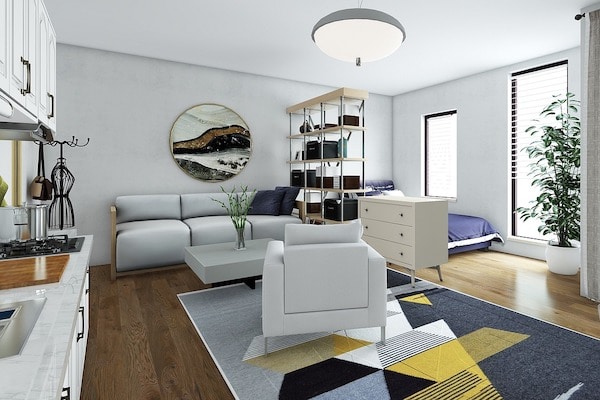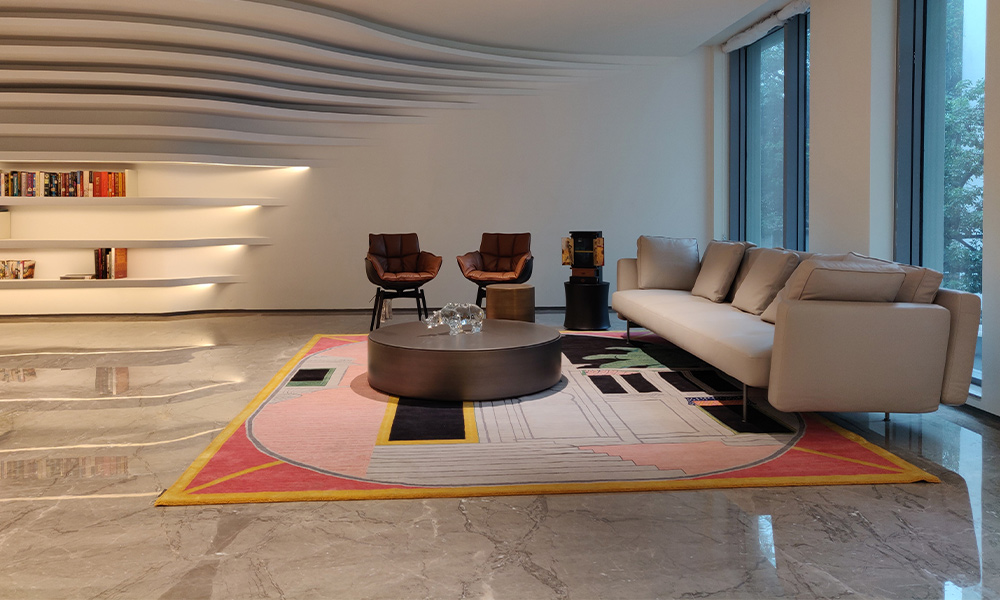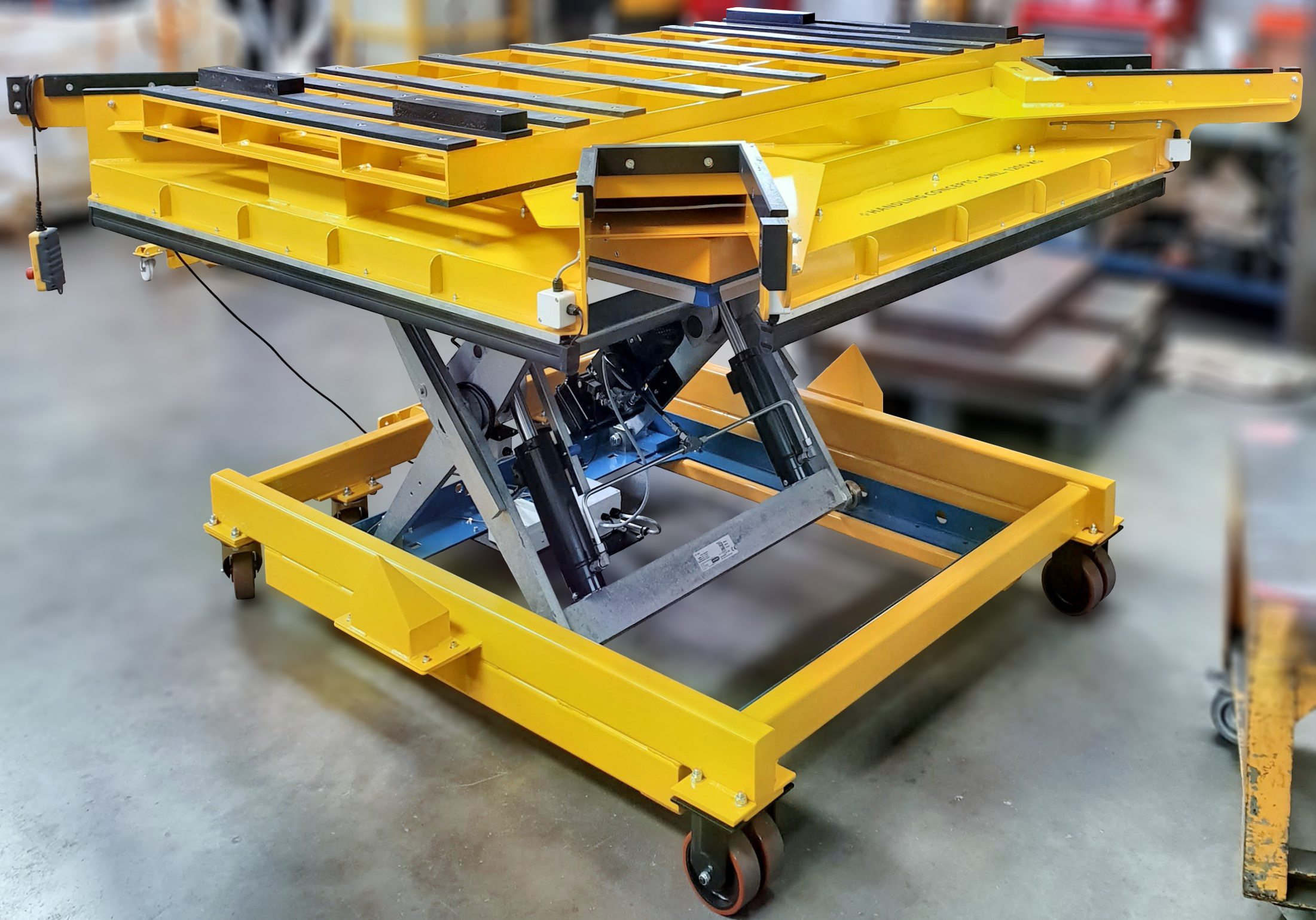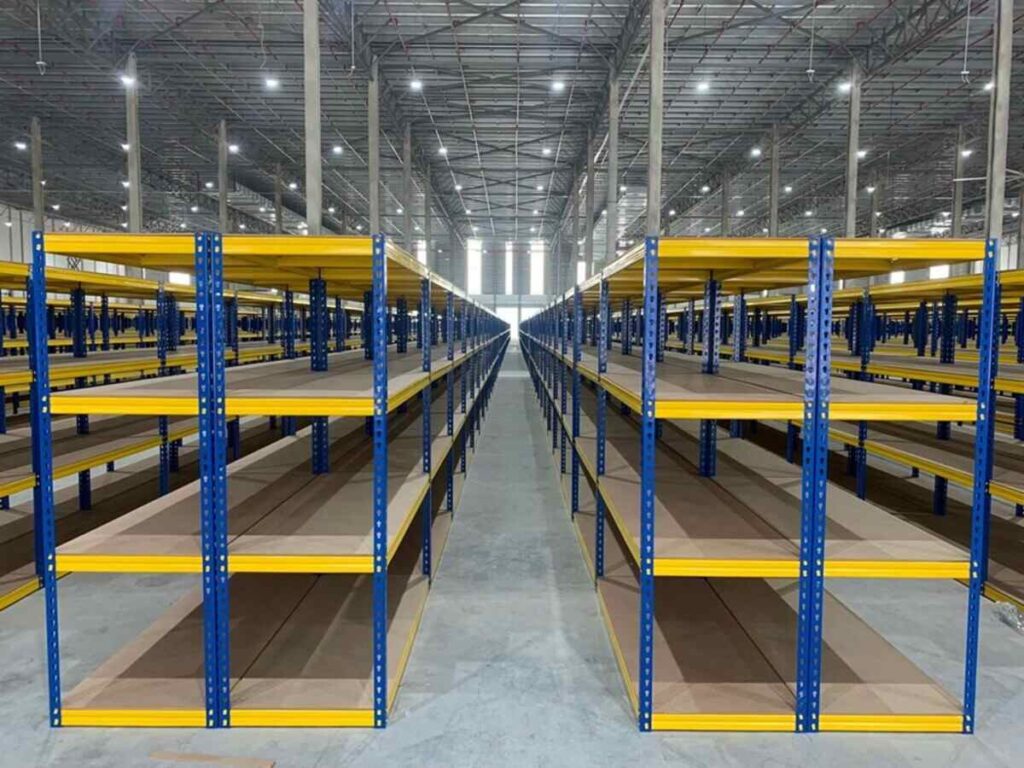In today’s fast-paced world, where space is at a premium, designing multi-functional rooms has become a popular trend. Multi-functional rooms allow homeowners to make the most out of their living spaces by creating versatile areas that can serve multiple purposes. Whether you live in a small apartment or a spacious house, incorporating flexibility into your rooms can enhance your living experience and maximize the functionality of your space.
Benefits of Multi-Functional Rooms
Designing multi-functional rooms offers several advantages:
- Optimal Space Utilization: Multi-functional rooms help maximize the use of available space, especially in smaller homes. By combining different functionalities into a single room, you can avoid wasting space on rooms that are rarely used.
- Flexibility: Multi-functional rooms can adapt to your evolving needs. They provide the flexibility to transform a space from a home office during the day to a cozy guest bedroom at night.
- Cost-Effective: Instead of adding extra rooms or expanding your home, multi-functional rooms offer a cost-effective solution. You can achieve the same functionality without the need for additional construction or renovations.
- Improved Organization: Designing multi-functional rooms encourages better organization and storage solutions. With the right furniture and storage options, you can keep your space clutter-free and organized.
Key Considerations for Designing Multi-Functional Rooms

When creating multi-functional rooms, it is important to consider the following factors:
- Identify Room Priorities: Determine the primary functions of the room and prioritize them. This will help you allocate space and furniture accordingly.
- Opt for Versatile Furniture: Choose furniture pieces that can serve multiple purposes. For example, a sofa bed can transform a living room into a guest bedroom when needed.
- Utilize Storage Solutions: Incorporate smart storage solutions to keep the room organized. Utilize built-in shelves, hidden storage compartments, and multifunctional furniture with built-in storage.
- Divide the Space: Use dividers or room dividers to visually separate different areas within the room. This can create the illusion of distinct spaces and add privacy when needed.
- Consider Lighting: Adequate lighting is crucial in multi-functional rooms. Use a combination of ambient, task, and accent lighting to create the desired ambiance for each function.
Examples of Multi-Functional Rooms
Here are some examples of multi-functional rooms to inspire your own designs:
- Home Office and Guest Bedroom: A home office can double as a guest bedroom by incorporating a sleeper sofa or a Murphy bed. Add a desk that can be easily folded away to create more space when guests are staying.
- Living Room and Dining Area: Combine your living room and dining area to create a stylish and functional open space. Use a dining table that can be extended or folded when not in use to maximize space.
- Playroom and Study Area: Create a multi-functional space for your children by combining a playroom with a study area. Incorporate storage solutions to keep toys and school supplies organized.
Designing multi-functional rooms is a practical approach to optimize living spaces. By carefully planning and considering the various functions of a room, homeowners can create versatile spaces that adapt to their changing needs. Incorporating flexible furniture, smart storage solutions, and appropriate lighting can further enhance the functionality and aesthetics of multi-functional rooms. So, embrace the concept of flexibility and transform your living spaces into versatile havens that cater to your every need.




